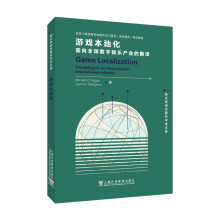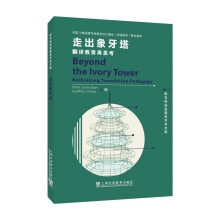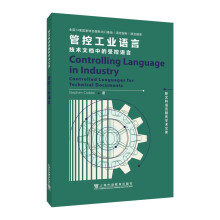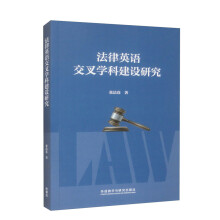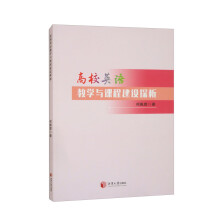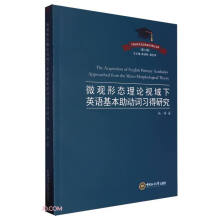Chapter One Introduction
1.0 Introduction
1.1 Research Orientation
1.2 Objectives of the Study
1.3 Organization of the Book
Chapter Two Theories of Aspect
2.0 Introduction
2.1 Smith's Two-Component Theory
2.2 Verkuyl's Theory of Aspect
2.3 De Swart's Framework
2.4 Prototype Theory
2.5 Summary
Chapter Three Aspectual Marking in English and Chinese
3.0 Introduction
3.1 Tense
3.2 Aspect
3.2.1 Definition of Aspect
3.2.2 Categories of Aspect
3.2.3 Semantic Meaning Expressed by the Interaction between Tense and Grammatical Aspect
3.2.4 Syntactic Elements Contributing to the Sentential Aspect
3.3 Aspect in English
3.4 Aspect in Chinese
3.4.1 Grammatical Aspect
3.4.2 Interaction between Grammatical Aspect and Lexical Aspect
3.4.3 Special Features of Chinese Aspectual System
3.5 Differences and Similarities between the Aspectual Marking in English and Chinese
3.6 Summary
Chapter Four Previous Studies on the Comprehension of Aspect
4.0 Introduction
4.1 Studies on the Comprehension of the Semantic Meaning of Grammatical Aspect
4.2 Studies on the Comprehension of Lexical Aspect
4.3 Studies on the Comprehension of Grammatical Aspect and Lexical Aspect
4.4 Issues Awaiting Further Exploration in the Field of Aspect
4.5 Summary
Chapter Five Methodology
5.0 Introduction
5.1 Participants
5.2 Test Instrument
5.2.1 Rationale for the Design of the Test Instrument
5.2.2 Sentence Interpretation Test
5.2.3 Sentence Preference Test
5.3 Data Collection
5.4 Summary
Chapter Six Comprehension of the Tense and Aspect of Stative Verbs
6.0 Introduction
6.1 Research Questions and Hypotheses
6.2 Data Treatment
6.3 Results
6.3.1 Sentence Interpretation Test
6.3.2 Sentence Preference Test
6.4 Discussion
6.5 Summary
Chapter Seven Comprehension of the Tense and Aspect of Telic Verbs ...
7.0 Introduction
7.1 Research Questions and Hypotheses
7.2 Data Treatment
7.3 Results
7.3.1 Accomplishments
7.3.2 Achievements
7.4 Discussion
7.5 Summary
Chapter Eight Comprehension of the Semantic Feature of Telicity/Atelicity
8.0 Introduction
8.1 Research Questions and Hypotheses
8.2 Data Treatment
8.3 Results
8.4 Discussion
8.5 Summary
Chapter Nine Conclusion
9.0 Introduction
9.1 Maior Findings
9.1.1 Results Concerning Stative Verbs
9.1.2 Results Concerning Telic Verbs
9.1.3 Results Concerning Verb+direct object/preposition/(no)particle
9.2 Implications of the Study
9.2.1 Theoretical Implications
9.2.2 Methodological Implications
9.2.3 Pedagogical Implications
9.3 Limitations of the Present Study
9.4 Suggestions for Further Research
References
Appendix A Sentence Interpretation Test
Appendix B Sentence Preference Test
展开

